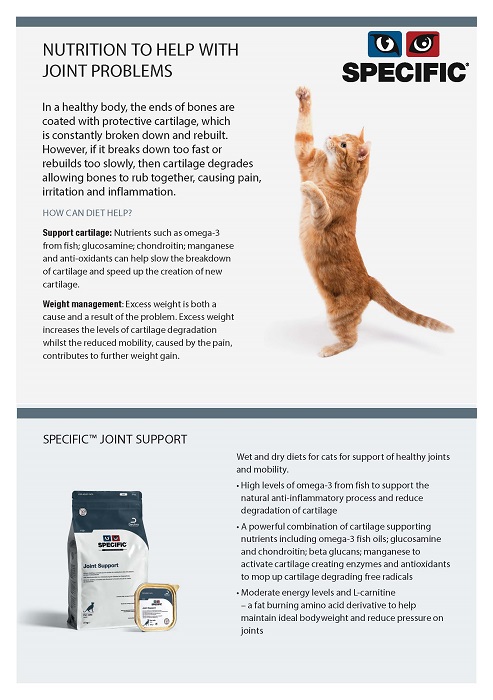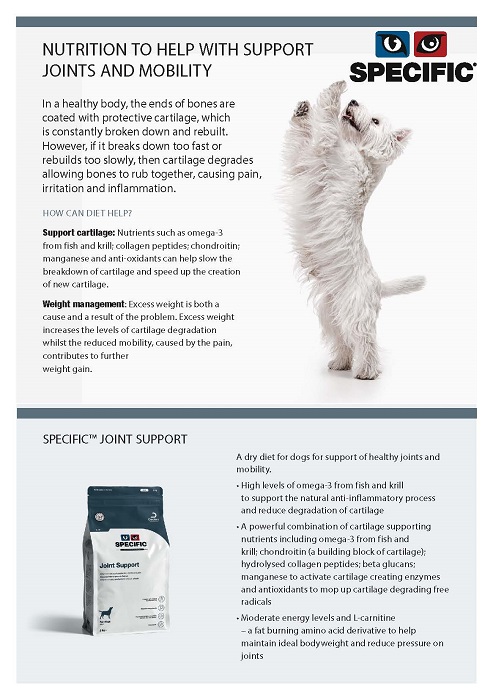GAGs (Glycosamine\glycans) are a major component of cartilage and are vital in the maintenance of healthy joints. They link with long chains of proteins called proteoglycans.
These are then able to bind with water and make cartilage become an elastic and viscous substance, which is very important for the shock absorbing function of the cartilage.














